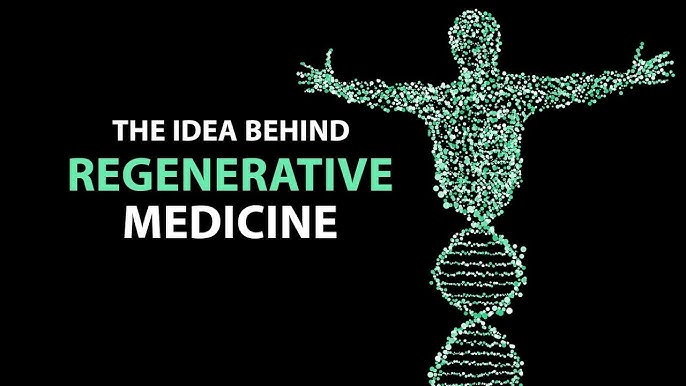All stem cell therapies are not created equal, and understanding the differences can help you make informed health choices. Stem cell treatments, often offered at a regenerative medicine clinic, promise to repair damaged tissues and treat various conditions. But not every therapy delivers the same results.
In this article, we’ll break down why stem cell treatments differ, what to look for, and how to choose wisely. Let’s dive in and explore this exciting yet complex field together.
Why Stem Cell Therapies Vary
Each stem cell therapy is unique, shaped by factors like cell source and clinic expertise. Below, we’ll unpack the key reasons for these differences.
Types of Stem Cells
Stem cells come in different forms, each with distinct abilities.
- Embryonic stem cells are highly versatile but raise ethical concerns, so they’re less common in clinics.
- Adult stem cells, often from bone marrow or fat tissue, are widely used for their safety and accessibility.
- Induced pluripotent stem cells (iPSCs) are adult cells reprogrammed to act like embryonic ones, offering flexibility but requiring advanced technology.
Why does this matter to you? The type of stem cell used impacts the therapy’s effectiveness for specific conditions, like arthritis or heart disease. Choosing the right type is critical.
Sources of Stem Cells
Where stem cells come from affects their quality. Autologous cells (from your own body) reduce rejection risks but may be less potent if you’re older or have health issues. Allogeneic cells (from donors) can be more robust but carry risks of immune reactions. According to a 2023 study, autologous therapies dominate 60% of clinical applications due to their safety profile.
Ask your clinic: Are the stem cells sourced from my body or a donor? This choice shapes your treatment’s safety and success.
Delivery Methods
How stem cells reach the target area matters. Intravenous injections are common but may scatter cells throughout the body, reducing effectiveness. Direct injections into damaged tissues, like joints, can improve outcomes but require precision. A 2024 clinical review found that targeted delivery boosts success rates by up to 30% for orthopedic conditions.
Your takeaway: Always check how the clinic plans to deliver the cells to ensure maximum impact.
Comparing Stem Cell Therapies
To make sense of the differences, here’s a quick comparison of common stem cell therapy factors:
| Factor | Autologous | Allogeneic | iPSCs |
| Source | Your own body | Donor | Reprogrammed adult cells |
| Risk of Rejection | Low | Moderate | Low to moderate |
| Potency | Varies with age/health | High | High |
| Cost | Moderate | Higher | Highest |
| Availability | Widely available | Limited by donor supply | Emerging, less common |
Use this table to discuss options with your doctor and weigh what’s best for your needs.
Choosing a Reputable Clinic
Picking the right clinic is as important as the therapy itself. Look for transparency—a good clinic will explain cell sources, methods, and expected outcomes. Check for certifications, like those from the FDA or international bodies. A 2024 survey by the International Society for Stem Cell Research found that 75% of patients felt misled by clinics lacking clear credentials.
Your action step: Research the clinic’s track record and ask for patient success stories or data.
Risks and Considerations
Not every therapy is a guaranteed win. Unregulated clinics may use low-quality cells or unproven methods, risking complications like infections or ineffective treatments. The FDA reported 20 adverse events linked to unapproved stem cell therapies in 2023 alone. Always verify that the clinic follows regulatory guidelines.
Protect yourself: Ask about clinical trial data or peer-reviewed studies supporting the therapy.

What’s Next for Stem Cell Therapies?
The future is bright but requires caution. Advances in iPSCs and gene editing are expanding possibilities, with trials showing a 40% improvement in outcomes for conditions like spinal cord injuries. Yet, with innovation comes responsibility. Stay informed by following updates from trusted sources like the National Institutes of Health.
Final Thoughts
Stem cell therapies hold incredible potential, but not all are created equal. By understanding cell types, sources, and delivery methods, you can make smarter choices. Choose a reputable regenerative medicine clinic, ask tough questions, and prioritize evidence-based treatments. Your health deserves the best—don’t settle for less.
Frequently Asked Questions
Below are common questions about stem cell therapies.
Are stem cell therapies safe?
When done by certified clinics, risks are low, but unapproved treatments can be dangerous.
How do I know if a clinic is trustworthy?
Check for FDA compliance, transparent practices, and patient reviews.
What conditions can stem cells treat?
They show promise for arthritis, heart disease, and neurological disorders, but results vary.

